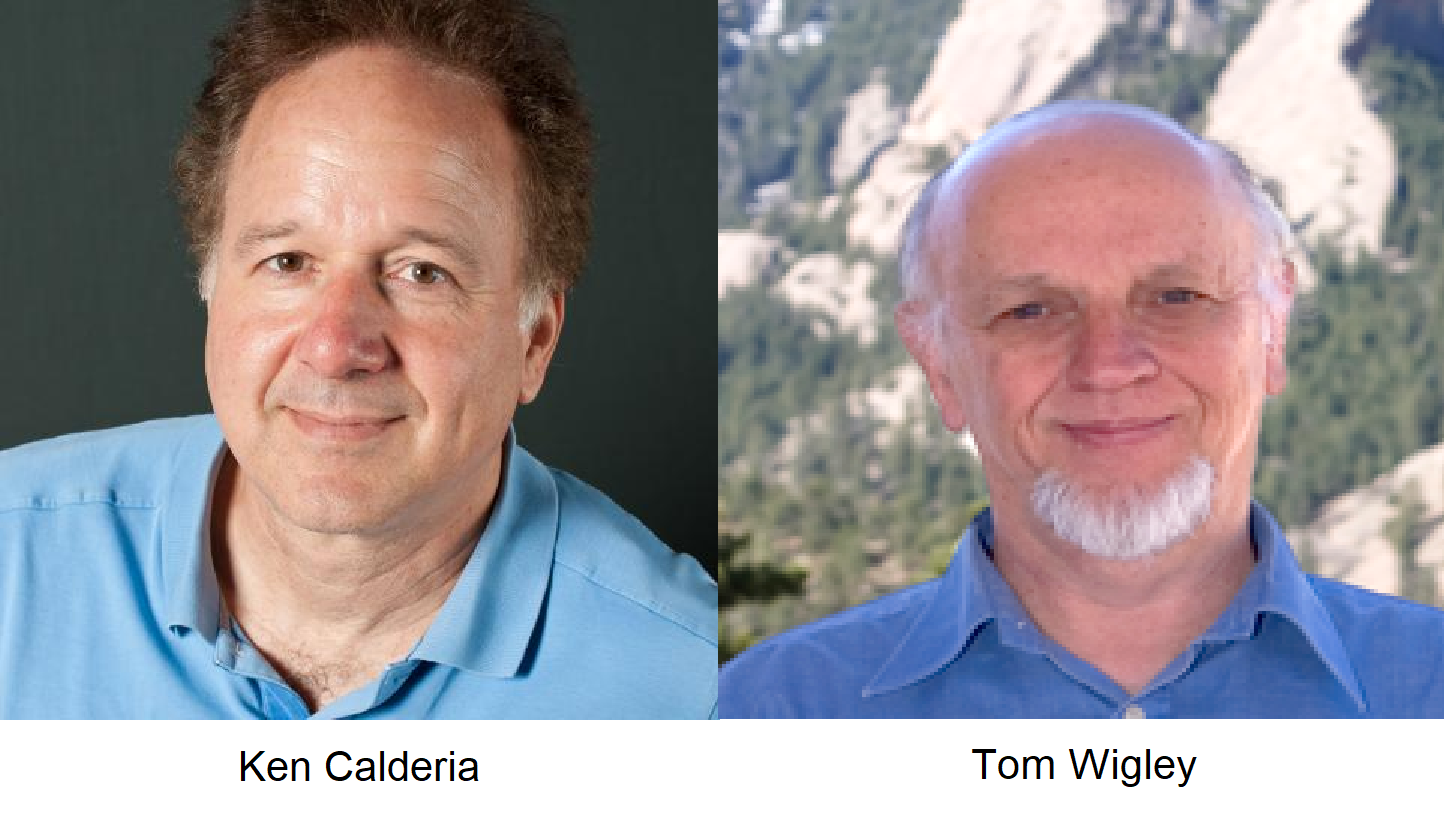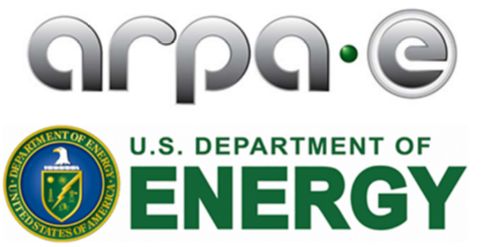Part 2 of 2 Parts (Please read Part 1 first)
The letter goes on to say that the authors advocate that renewables and nuclear both be part of the energy solution. They say that we need to build a lot of new nuclear reactors very quickly. They say that building sixty-one new nuclear reactors a year could generate enough electricity to replace current fossil energy sources and make us fossil free by 2050. The Solutions Project has individual plans for each of the U.S. states and many nations for the complete elimination of fossil and nuclear power sources by 2050.
With respect to building sixty-one nuclear reactors, China is planning on sixty new reactors in the next decade and they are one of the nations with a strong commitment to nuclear power. Not one nuclear power plant in the U.S. since the dawn of the Nuclear Age in the 1950s has ever come online on schedule and in budget. The history of global nuclear power construction is littered with canceled projects, massive cost overruns and slipping schedules. Currently the global nuclear industry is hard pressed to construct ten nuclear reactors a year at a of tens of billions of dollars. An attempt to construct sixty reactors a year would quickly flounder in a sea of red ink, lax government oversite, corporate incompetence and greed.
There are already concerns that the current pool of trained nuclear technicians is shrinking, and retirees are not being replaced. Along with the crash construction program, there would have to be a crash program in training thousands and thousands of new technicians to operate all the new reactors.
The letter also says that in order to allow for growth in electricity demand and exporting nuclear reactors to many third world countries would require another fifty-four reactors per year to allow the world reduce carbon emission to zero in the year 2050. This would require a total of one hundred and fifteen new nuclear reactors be constructed each year for thirty years. I don’t believe that this is even remotely possible.
Let us say that maybe one percent of the four hundred and fifty operating nuclear power reactors in the world might have a major accident in the next ten years. That means that four reactors would be at risk. At one hundred and fifty new reactors a year for thirty years, this means about four thousand reactors would be operating in 2050. One percent of four thousand reactors is about forty reactors. So not taking into account improved reactors or problems with hasty and shoddy construction of some of the new reactors, that means that the odds of a major accident would shrink from one in ten years to one a year.
These numbers are not meant to be exact but to illustrate the point that the odds of a major accident would increase dramatically. A single accident at Fukushima in 2011 almost destroyed the global nuclear industry. A few more major accidents and public opinion would turn violently against nuclear power. Investors would flee and politicians would vote against funding nuclear power.
I have many other objections to nuclear power that neither I nor the letter writers have mentioned. We can and should fund a massive buildup of renewable power back up by batteries instead of a massive build of new nuclear reactors to fight climate change.
Blog
-

Nuclear Reactors 645 – Prominent Climate Scientists Support Nuclear Power Expansion – Part 2 of 2 Parts
-

Geiger Readings for Dec 26, 2018
Ambient office =119 nanosieverts per hour
Ambient outside = 79 nanosieverts per hour
Soil exposed to rain water = 77 nanosieverts per hour
Red potato from Central Market = 85 nanosieverts per hour
Tap water = 105 nanosieverts per hour
Filter water = 93 nanosieverts per hour
-

Nuclear Reactors 644 – Prominent Climate Scientists Support Nuclear Power Expansion – Part 1 of 2 Parts
Part 1 of 2 Parts
Climate change is threatening human civilization. Predictions of the speed and extent of climate change are becoming increasingly dire. Many solutions have been proposed but one thing is for sure, humanity as a whole will have to endure major and rapid changes in our societies if we are to survive.
One trend in climate change mitigation discussions that really disturbs me is the number of climate scientists and environmentalists who are turning into supporters of nuclear power. Recently, four prominent climate researchers published an open letter to the effect that massive new build of nuclear power plants is the only way to prevent climate change from overwhelming us. The four authors of the letter are James Hansen, Kerry Emanuel, Ken Caldeira and Tom Wigley.
They say that rapid global decarbonization is the only solution to the problem of climate mitigation and I agree. Although there are international agreements of many nations to limit their emissions of carbon dioxide in the future, unless global carbon dioxide release can be sharply curtailed, I fear that our civilization is doomed.
The global generation of electricity is one of the main sources of carbon dioxide emissions. There are a variety of sources of electrical generation besides fossil fuels which are releasing the carbon dioxide. The letter from the four scientists say that there is no reason to favor renewable energy sources over other possibilities such as nuclear power. They take a rhetorical potshot at renewables by disparaging “cutting down forests for bioenergy and damming rivers hydropower” as being a serious threat to the environment. Interesting that they fail to mention wind, tidal, geothermal or solar renewables.
The point of the letter is their contentions that “Nuclear power, particularly next-generation nuclear power with a closed fuel cycle (where spent fuel is reprocessed), is uniquely scalable, and environmentally advantageous.” I have spent years studying and writing about nuclear power. I would take strong exception to the idea that nuclear power is “environmentally advantageous.” There are many areas of the world today that cannot be used for any human purpose because they are contaminated by radioactive materials.
The authors of the letter do admit that nuclear power poses “…unique safety and proliferation concerns that must be addressed with strong and binding international standards and safeguards.” This sounds reasonable until you realize that these “strong and binding international standards and safeguards” are vulnerable to political and economic forces that have no regard for dangers posed by nuclear accidents.
One of the problems with supporting nuclear power lies in the claim that nuclear power generation does not emit any carbon dioxide. While this is true, it is not the whole store. Estimates of the amount of carbon dioxide emitted per watt generated for different power sources over the life span of the generating plants shows that over its lifetime, a nuclear power plants emit more carbon dioxide per watt than hydro, wind or solar power generation. So nuclear power is not “carbon free.”
Another challenge the letter writers level against wind and solar is that they are intermittent and cannot provide reliable steady baseload power. My response to that is that Elon Musk recently installed a battery system in Australia to store energy from renewables generation and feed it back when power generation stops. This means that intermittent renewable power generation can be part of a baseload system with the addition of batteries. In terms of cost, the battery system cost around sixty-six million dollars and saved forty million dollars in its first year of operation so it will be fully paid off in two years.
Please read Part 2 -

Geiger Readings for Dec 25, 2018
Ambient office = 67 nanosieverts per hour
Ambient outside = 106 nanosieverts per hour
Soil exposed to rain water = 105 nanosieverts per hour
Red delicious apple from Central Market = 64 nanosieverts per hour
Tap water = 86 nanosieverts per hour
Filter water = 69 nanosieverts per hour
-

The U.S. Department Of Energy Announces New Funding For Energy Research
The U.S. Department of Energy’s Oak Ridge National Laboratory (ORNL) has just announced that it will take part in six new collaborations with private companies to develop advance technologies for nuclear energy. Access to the nuclear experts and facilities of ORNL for the private collaborators is considered to be worth about nine and a half million dollars. When additional cost sharing from the private companies is included, the total value for the projects is about twelve million dollars.
ORNL will team up with Exelon Generation to work on improving modelling and simulation techniques for boiling water reactors. This could enhance current reactor operations and future advanced reactor development. The Idaho National Laboratory (INL) is involved as are several universities. Together this group of organizations will form the Collaboration for Advanced Simulation of Light Water Reactors.
ORNL will team up with Analysis and Measurement Services Corporation and Pacific Northwest National Laboratory to create criteria for testing the way that aging causes deterioration of cables and insulation in nuclear power plants.
ORNL will engage in another joint project with Exelon Generation for a feasibility study for the enrichment of gadolinium-157 (GA-157) using a plasma separation process. The use of Ga-157 in current reactor fuel designs may lower fuel costs. The purpose of the joint project is to determine whether or not this enrichment process is economically sound.
ORNL will team up with Eastman and the INL to examine the design and analysis of an integrated nuclear hybrid energy system that will produce both heat and electricity for commercial use.
ORNL will team up with NexDefense Inc on the analysis of nuclear reactor cybersecurity software.
ORNL will team up with Westinghouse Electric Company to develop and test alumina-forming austenitic stainless steels for use in lead-cooled fast reactors.
The DoE’s Office of Science separately announced the availability of fourteen million dollars for a three-year project consisting of new research on fusion energy. Data gathered with the DoE tokamak at the DIII-D National Fusion Facility operated by General Atomics will be used in the research.
Universities, non-profits and private sector companies will be able to apply for a share of the funding based on competitive peer review. The funding will be in the form of three-year grants of from fifty thousand to one and a half million per year.
James Van Dam is the DOE Acting Associate Director of Science for Fusion Energy Sciences. He said, “DIII-D is one of the world’s leading tokamak or donut-shaped fusion facilities and offers excellent stead-state performance and advanced diagnostics for understanding the behavior of fusion plasmas. Data accumulated through operations of DIII-D offer a rich vein to mine for new insights into fusion.”
The DoE’s Advanced Research Projects Agency-Energy (ARPA-E) has announced that it has funding for the support of early stage, transformation energy technologies. This funding opportunity will be open for an extended period of time. New topics will be released periodically to support emerging technologies. The first round of funding will go to projects involving next generation nuclear energy and geothermal exploration. Ultra-durable, lower-energy concrete for infrastructure will be included in the first phase. Eighteen million dollars has a been allocated for this batch of projects.
US Secretary of Energy Rick Perry said. “By design, ARPA-E is an agency that adapts quickly to the changing energy landscape, and this new program will allow us to better capitalize on emerging energy trends. This program will enable the Department to target technologies at the project level, driving innovation and creating new opportunities.” -

Geiger Readings for Dec 24, 2018
Ambient office = 118 nanosieverts per hour
Ambient outside = 104 nanosieverts per hour
Soil exposed to rain water = 106 nanosieverts per hour
Peach from Central Market = 87 nanosieverts per hour
Tap water = 113 nanosieverts per hour
Filter water = 93 nanosieverts per hour
